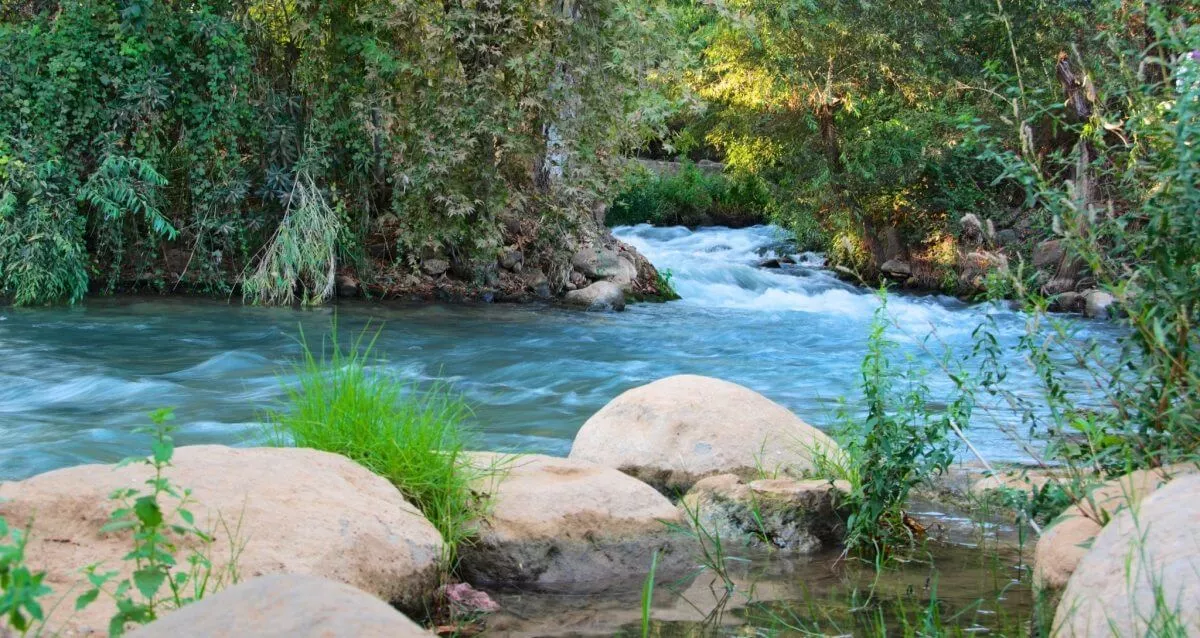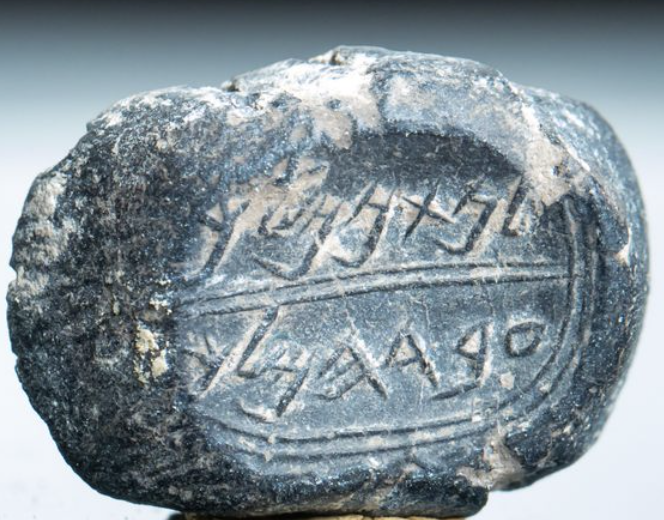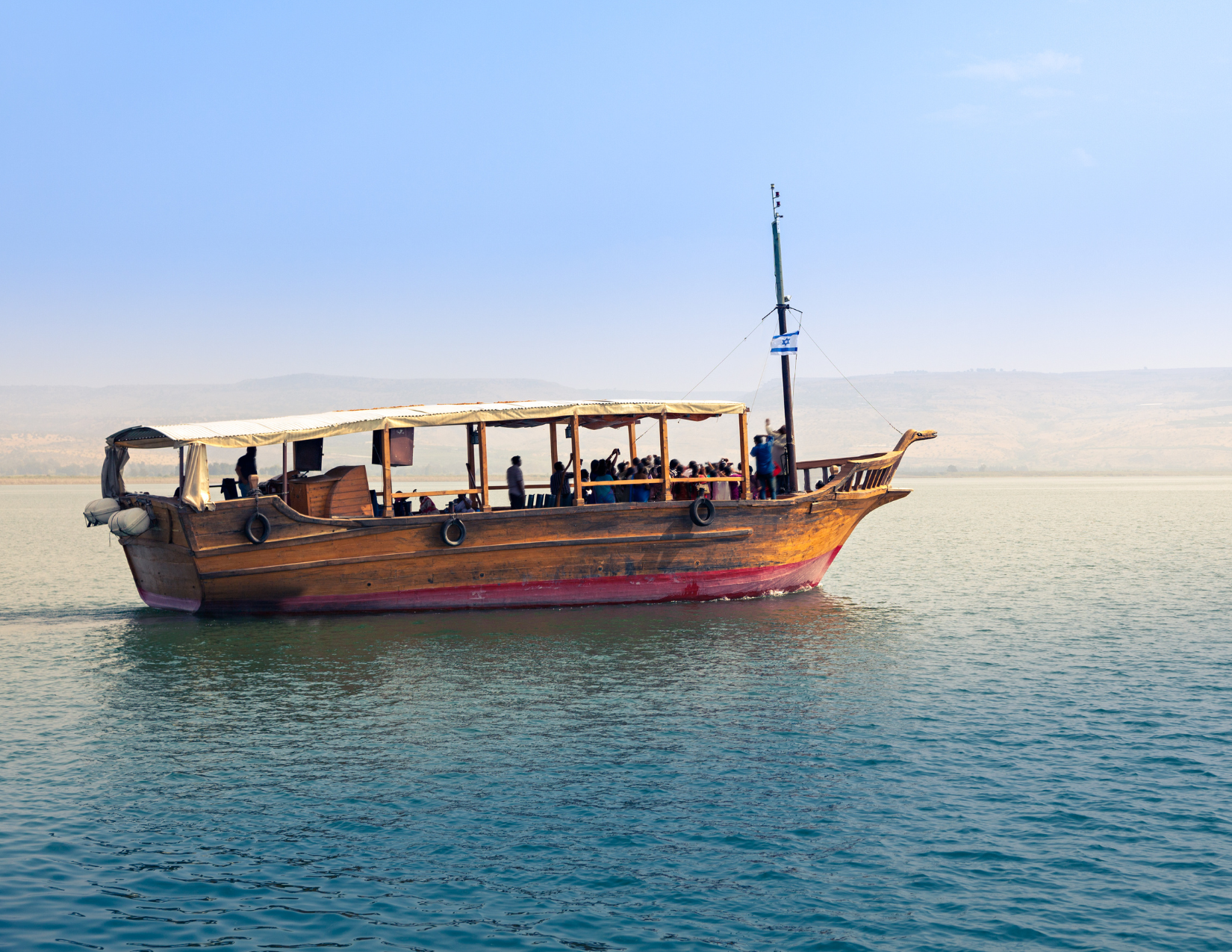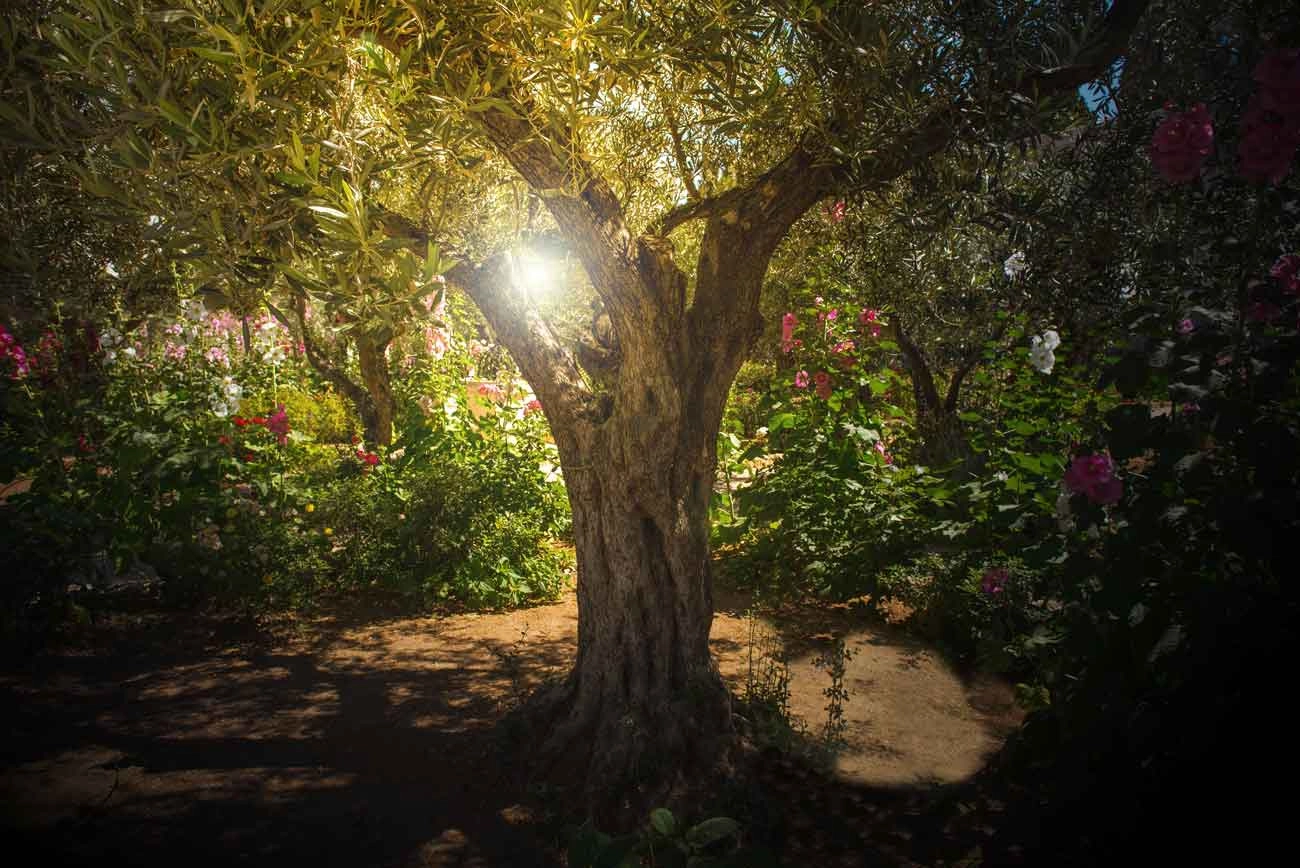The Jordan River is arguably the most symbolic body of water not only in Israel, but possibly even the world. While it is not the biggest or deepest river in the world, it is one of the most well-known thanks to its biblical ties and meaning in both the old and new testaments.
The Jordan River, also referred to as the River Jordan is a 156 mile river that flows north to south. The headwaters of the Jordan are located in the springs of the Tel Dan Nature Preserve, along with other tributaries. The river feeds into the Sea of Galilee before again continuing down to the Dead Sea.
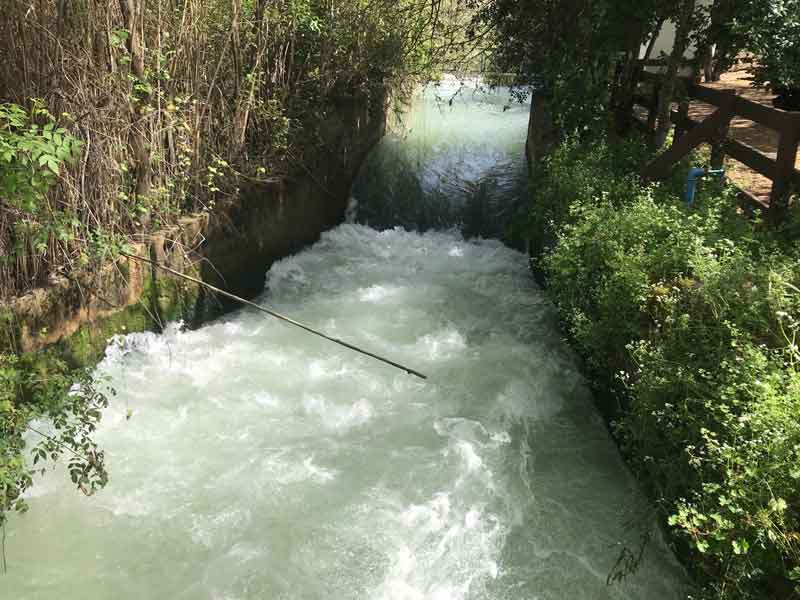
Tel Dan Springs
Why is the Jordan River Important?
The Jordan River is important for a number of reasons. It is the site of the baptism of Jesus and is also mentioned numerous times throughout the old and new testaments. It holds geographic significance as it flows through not only Israel, but also Jordan, Syria and Palestinian territories. The nation of Jordan and the West Bank take their names from the river. The Jordan serves as a border between Israel and the nation of Jordan in many locations.
Its first biblical mention is in relation to Lot, nephew of Abraham, settling in the Jordan Valley, which is generally known as the river south of the Sea of Galilee. This occurs in Genesis 13:10, “And Lot lifted up his eyes and beheld all the plan of Jordan, that it was well watered everywhere.” This would have been some time before the time of Moses as the descendants of Abraham had not yet entered Egypt.
What is the meaning of crossing the Jordan River?
In Joshua 3 the famous “crossing of the Jordan” by the Israelites led by Joshua. The Bible says that the Lord stopped the flow of the River to allow them, following the Ark of the Covenant, to cross on dry land. This was according to the Lord in verse 7 to show the people the that He was with Joshua just as he was with Moses. This crossing became a very symbolic and meaningful thing for the Jewish people, and stay that way today. The terminology of “crossing Jordan” still symbolizes crossing into a better place, even sometimes describing death and one’s crossing into Heaven.
The “crossing of Jordan” happens in several other places in the Bible, such as in 2nd Samuel 19 when David crosses the Jordan. In 2nd Kings Elijah again stops the flow of the water so he and Elisha can cross on dry land. At this time Elisha witnesses Elijah be taken by the chariot of fire into Heaven and inherits Elijah’s authority before he himself stops the flow of the water and crosses on dry land to the other side. These are thought to have all happened at Qasr Al Yahud, where a baptismal site now stands.
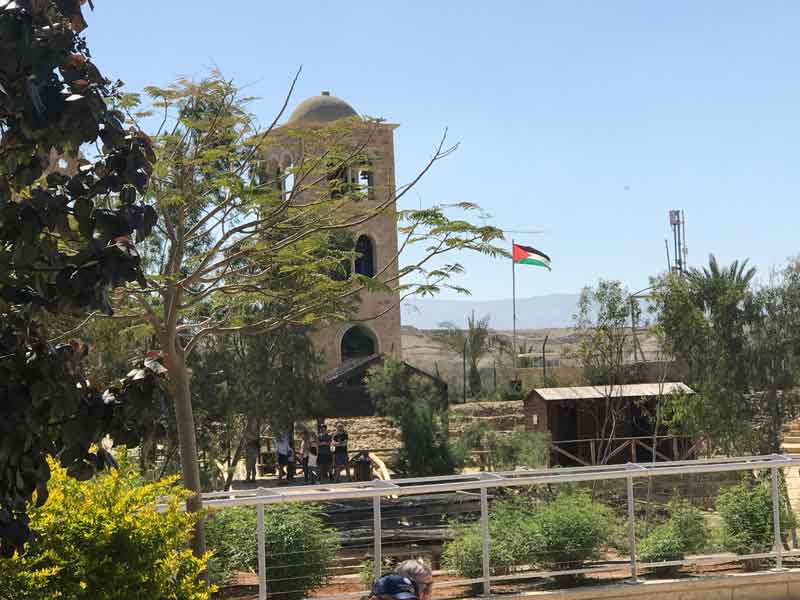
Qasr Al Yahud looking to Jordanian side from Israeli side.
For Christians, the significance of the river continues and grows. John the Baptist, cousin of Jesus lived in the Judean wilderness. While many may have visions of jungle or thick trees when they picture a wilderness, the biblical wilderness is much different. Here it is barren. The land is hot and unforgiving and little grows. John at locusts and honey according to the book of Matthew. The honey may not have been the honey of bee’s but the honey of dates, which is still a popular food in the Middle East. In this wilderness though the Jordan River flows down the the Dead Sea. In this place John the Baptist preached of the coming of the Messiah and baptized people who came to hear his message. Jesus eventually came and had John baptize him as well, although John protested feeling unworthy. After Jesus completed his baptism, the Holy Spirit descended and God audibly said “This is my son with whom I am well pleased.”
The Jordan River Today
Today, people from around the world still come to be baptized in the Jordan River. There are two main baptismal sites; Yardenit, the most used, and Qsr Al Yahud, the place closest to where the baptism of Jesus would have taken place. Yardenit is operated by a kibbutz and offers many conveniences for groups wishing to hold baptisms on their tour. Qsr Al Yahud has had a storied past including the need to clear landmines in the area. Today there are modern facilities at the location and it is safe to visit and be baptized. The site provides as interesting vantage point to Jordan which has its own baptismal site on the opposite bank. It is a unique experience and very meaningful to be in the location of such important events to the faith in both the old and new testaments.
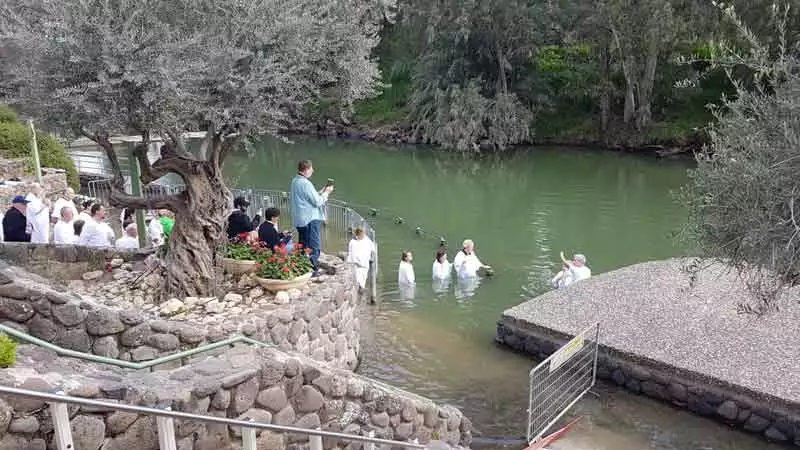
Yardenit
Today, the Jordan River continues to be an important border and its waters, while not as critical for life in Israel since the introduction of desalination, still holds tremendous importance as a barometer of water health in the area. Pollution and dwindling waters had become a very serious problem in the area, but through efforts the water quality has improved and thanks to record rainfall in the past few rain seasons its water flow is again growing.
We hope to see you soon and that you will have the blessing of visiting and perhaps being baptized in the Jordan River on your Christian Holy Land Tour. When you do visit, think of the water rushing and how God connects His creation and story into a beautiful weaving. The same river that the Israelites crossed to enter the Promised Land carrying the Ark of the Covenant is where Jesus was baptized fulfilling the Law so we could again enter the promised land with Him!

